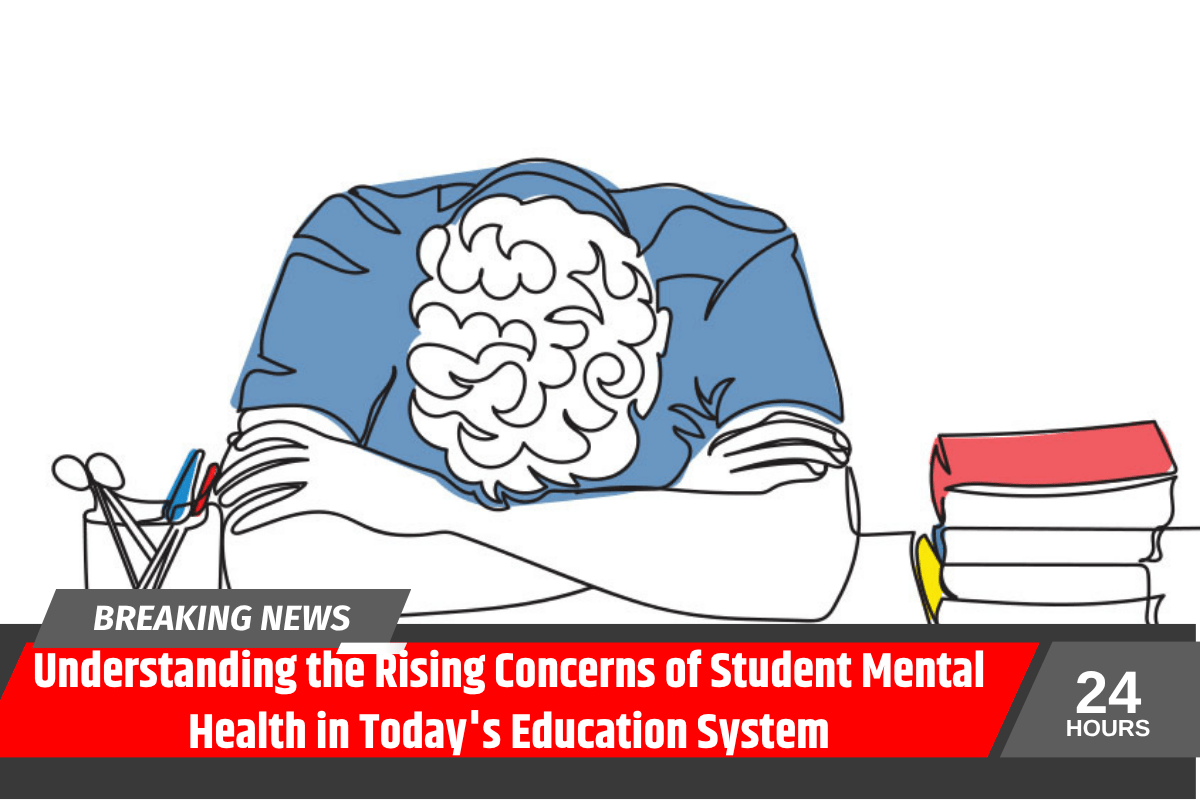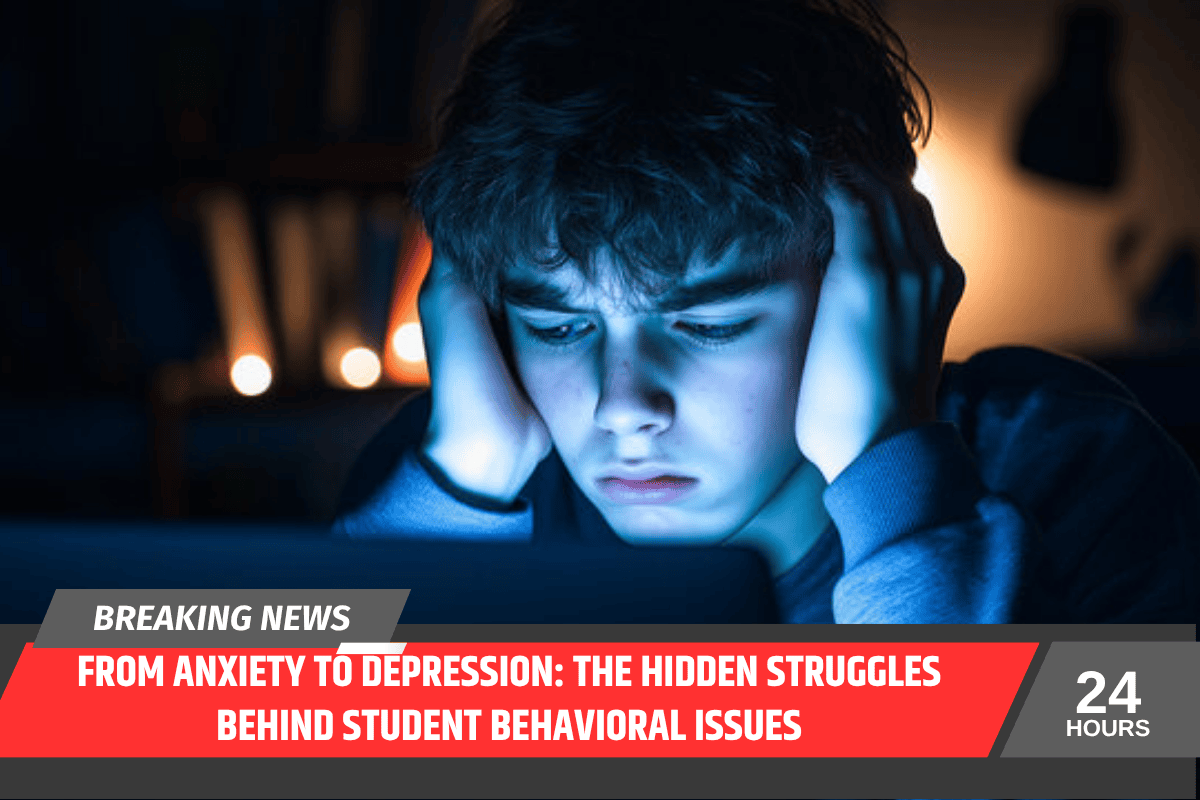In today’s educational landscape, the role of teachers extends far beyond just imparting academic knowledge. With rising concerns about mental health and behavioral challenges among students, teachers play a pivotal role in fostering an environment that supports emotional well-being and addresses behavioral issues.
Students spend a significant portion of their day in school, and the school environment is one of the most influential factors in shaping their mental health. By recognizing signs of emotional distress and behavioral problems, teachers can provide the necessary support to help students overcome challenges and thrive academically and personally.
Understanding the Importance of Mental Health in Education
Mental health is a critical aspect of a student’s overall development. Just like physical health, mental health needs attention, care, and support. A student dealing with mental health issues, such as anxiety, depression, or trauma, can struggle to focus, participate, and succeed in school.
In some cases, these struggles can manifest as disruptive behavior, making it even harder for the student to fit into the classroom environment. If left unchecked, these issues can lead to long-term academic underachievement and emotional difficulties.
Teachers are often among the first adults to notice changes in a student’s behavior. Whether it’s a decline in academic performance, sudden mood swings, or withdrawn behavior, teachers can observe the subtle signs that indicate a child may be experiencing mental health challenges. By being aware and attentive, teachers can intervene early, offer support, and guide students towards the right resources.
Creating a Safe and Supportive Classroom Environment
One of the most effective ways teachers can support student mental health is by creating a classroom environment where students feel safe, valued, and heard. When students feel comfortable, they are more likely to express themselves and seek help when needed.
A positive, inclusive classroom culture can make a significant difference in a child’s emotional well-being. Teachers can promote an environment that encourages open communication, mutual respect, and empathy.
In addition to this, teachers should establish clear rules and expectations in the classroom. This creates a structured and predictable environment that helps students feel secure. Consistency in how teachers address behavior also helps in reducing confusion and stress.
For students with mental health concerns or behavioral issues, a predictable environment can be a source of stability and comfort.
Identifying and Addressing Behavioral Issues Early
Behavioral issues often stem from underlying mental health challenges. A student who acts out in class may be struggling with anxiety, depression, or even issues like bullying or trauma.
Teachers need to be equipped with the knowledge to identify these signs and respond appropriately. For example, a child who is frequently disruptive or withdrawn might be acting out due to personal challenges they are not able to express verbally.
By closely observing and maintaining open lines of communication with students, teachers can recognize when certain behaviors are out of the ordinary. Once identified, teachers can address these issues in a non-punitive way.
Instead of merely reprimanding the child, teachers can use their position to offer emotional support, encourage healthy coping mechanisms, and refer the student to appropriate resources such as counselors or support staff.
Providing Emotional Support and Building Resilience
Teachers can also help students build emotional resilience by teaching them how to manage stress, emotions, and challenges. This can be done through social-emotional learning (SEL) programs, which equip students with essential life skills.
SEL programs focus on self-awareness, self-regulation, social awareness, relationship skills, and responsible decision-making. When teachers incorporate SEL into their daily routines, they help students understand their emotions and how to cope with them effectively.
In addition, teachers should provide encouragement and praise to students, especially those who may be struggling emotionally. Positive reinforcement helps to boost self-esteem and encourages students to keep trying, even when they face difficulties.
Teachers can also offer one-on-one support for students who may need extra help, whether it’s with schoolwork or emotional challenges.
Collaborating with Parents and Mental Health Professionals
When dealing with students who have significant mental health concerns or behavioral issues, teachers should work closely with parents and mental health professionals. Collaboration is key in ensuring the student receives the right kind of support both inside and outside of the classroom.
Teachers can provide valuable insights to parents and mental health professionals about the student’s behavior in school, which can help create a more holistic approach to addressing the issue.
Teachers can also help guide parents on how to support their child’s mental health at home. This collaborative approach ensures that students receive consistent support and intervention, increasing the chances of positive outcomes.
The role of teachers in supporting student mental health and modifying behavioral issues cannot be overstated. Teachers are not only educators but also caregivers and mentors who influence students’ emotional and social development.
By creating a supportive classroom environment, identifying early signs of mental health challenges, providing emotional support, and collaborating with parents and professionals, teachers play a crucial role in ensuring students’ well-being.
With the right support, students can overcome mental health challenges and behavioral issues, leading to better academic outcomes and overall happiness.






